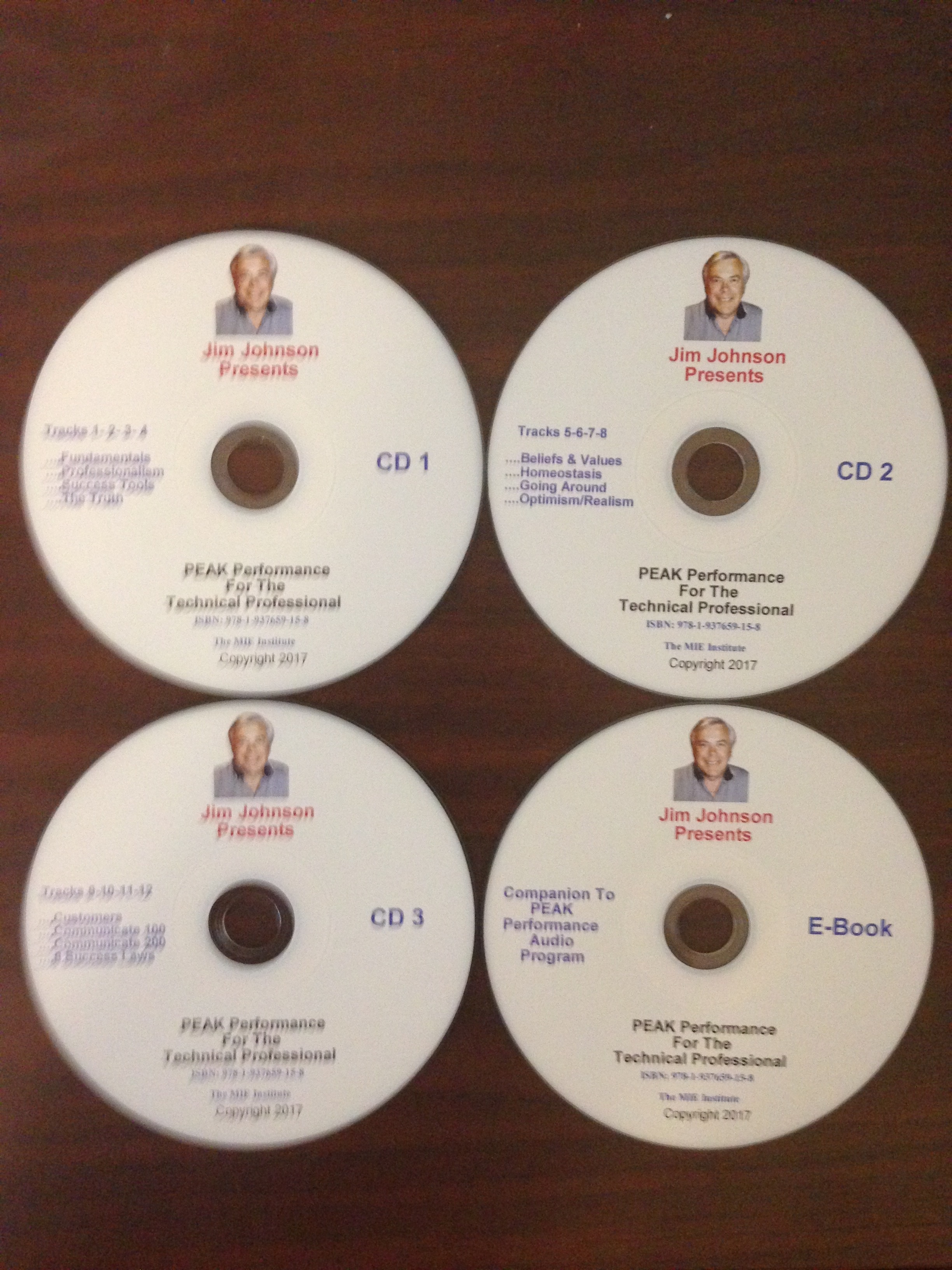“On this kind of project, your savings are there,” says Paul Wolf, chief engineer of the building. “It would be a very good project for any building, even if energy prices were not increasing.”
1 Million Sq Ft of Comfort
Built in 1991 and overlooking the waterfront from the downtown business district, the 506-ft Class A building — owned by Shimizu America Corporation — is 98% occupied and was planned as part of a two-tower facility connected to a 12-story hotel. Being on site ahead of the retrofit helped tremendously in the design, installation, and successful operation of the hvac and building systems, according to Wolf. “I was able to work with construction, electrical, mechanical, and plumbing contractors, review all the plans, and make comments and corrections as the building was constructed,” he notes. The advantage, he points out, is that, now, tenant complaints or requests related to hvac average three to four a week — or less.“There’s no school, really, for chief engineers and building engineers,” according to Wolf. “If there are unhappy tenants, there’s got to be a reason.
Engineering designs usually work well if they’re taken care of properly and not tweaked.”
$500,000 In Energy Savings
While Wolf began pitching Shimizu on the energy savings benefits and availability of utility incentives for a drive retrofit of the existing chillers, the building owners concentrated expenditures on attracting occupants to the buildings almost immediately.In the meantime, to conserve energy and costs, Wolf implemented other retrofit projects such as full lighting retrofits, addition of LED on all exit signs, installation of window filming, and addition of vfd’s to the cooling tower fans. These changes saved One America Plaza $500,000 in energy costs annually, before the chiller retrofit.
The calculated payback periods for each of these improvements have been shortened by the energy crunch, as well. “They are paid off because they have paid us back,” notes Wolf. Additionally, these changes significantly reduced the cooling demands made on the chillers — from one and a half units needed to only one, even on the hottest days.
Adding vfd control to the chillers, which consumed 50% of the building’s total energy draw, advanced Wolf’s objective of using only the energy required based on the actual cooling demands of the building. Heat is provided via electric strips on variable-air-volume (vav) boxes.
“Motor drives make it possible to operate compressor pump motors at the speed needed for the capacity required,” observes Mike McMahan, the senior engineer from Control Technology, the local systems integrator that installed the drives for the chillers.
Unobtrusive Installation
Wolf ordered the chiller retrofit in Jan. 2000, following budget approval from Shimizu and qualification for incentive money from the Public Utilities Commission. Installation of the ABB 1,000-hp ACS 600 Series drives, among the largest of its kind for hvac applications in Southern California, required Control Technology to add structural support underneath the garage floor adjacent to the chiller and water pump room. Both drives were installed, commissioned, and fully operational by August. “This was and is an extremely unobtrusive installation,” notes McMahan. “The chillers function, from the operator’s standpoint, as they did before. Operators are not required to make any special setups or changes; all of their existing building management controls are still active. We just add this electrical equipment piece between the utility and the starter that allows operators to change the speed of the pump motors.”While one of the chillers will operate at its full 1,000-ton capacity on an extremely hot day, 800 tons is the general operational requirement in summer, and 500 to 600 tons in winter. Both chillers are used, in alternating one-week stints; changeovers, early every Tuesday morning, are seamless. And the capacity freed up through the earlier energy improvements means one of the chillers can accommodate anticipated property expansion. Both the ABB drives and chillers are operated from the existing Trane Summit building management controls. “The retrofit retains full functionality of all systems on the chillers,” says McMahan, and that includes operation of the inlet guide vanes.
Vfd’s were also installed on the building’s chilled water pumps, as well as on the supply and return fans that handle floors 31 through 34. Air supply fans for the first 30 floors work in tandem with an open plenum return system and run at a constant speed.
Conclusion
Quantifying true mechanical benefits and their payback should be done over time, 10 years minimum, according to McMahan. “The real comparison is to operate identical chillers over time, one via a vfd and the other without,” he says.A 1,000-hp hvac vfd installation is somewhat novel in the San Diego area, Wolf noted, but given the challenges chief engineers and building engineers now face to utilize energy wisely and contain costs, such installations have the potential to become common, he says.ES



